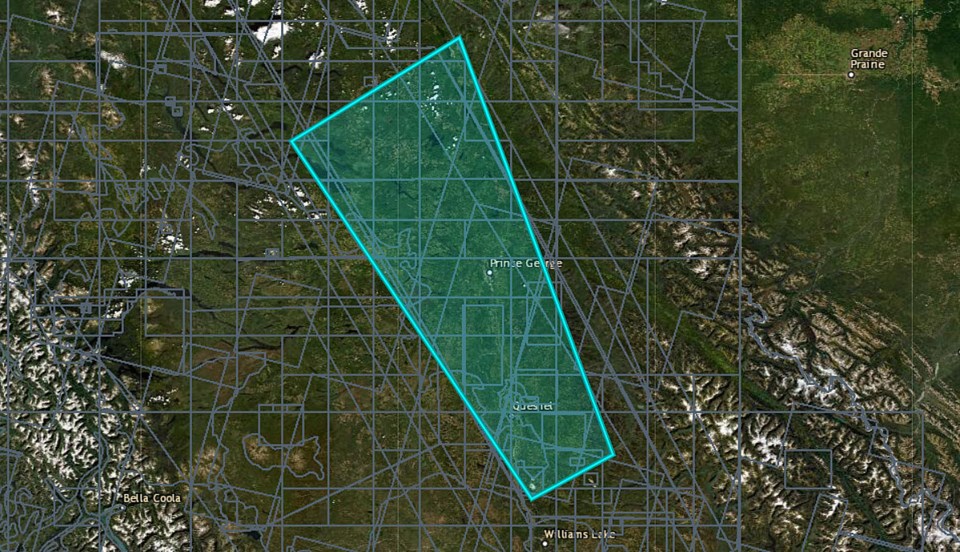BC
Potential copper-gold deposits found in Prince George region

New research by Geoscience BC and UBC’s Mineral Deposit Research Unit has identified potential copper-gold host rocks in the Prince George region, according to a statement issued by Geoscience BC.
The report was published at the Association for Mineral Exploration Roundup 2022 conference on Monday. The research was part of the New Porphyry Potential Under Cover in Central British Columbia project, and targeted the area between the Mount Milligan (Mackenzie), Mount Polley (Quesnel) and Gibraltar (Williams Lake) mines.
“These models and targets are the result of careful integration of public geological knowledge and geophysical data from central British Columbia,” UBC researcher Dianne Mitchinson said in a press release. “We hope that the work will spur exploration activity within this prospective part of B.C., and that it will provide useful guidance for explorers to make decisions with more confidence.”
The research identified copper-gold porphyry host rock hidden beneath a layer of glacial till - soil and rock left behind by receding glaciers - in the region. In some places that layer of glacial till can be hundreds of metres thick.
The copper-gold host rock is part of the Quesnel terrane, which holds significant mineral deposits in other parts of the province.
Researchers created a model, mapping the thickness of the glacier till overburden, using a combination of drilling, groundwater well, magnetic and gravity data.
“The results show high variability in overburden thickness through the project area, and numerous windows of thinner overburden 25 metres or less, where bedrock may be more accessible, and drilling less expensive,” information released by Geoscience BC said. “Geology inferred from geophysical models can help guide and prioritize targets for exploration. A summary of overburden thickness and land features that may influence mineral exploration decisions are included for each magnetic target chosen for this project and are available in the report.”
Geoscience BC vice-president Richard Truman said the project is a first step on the long road to commercial mining.
“It’s a long process to go from a project like this to an active mine. It can take 10, 20 or even 50 years,” Truman said. “If we talk about finding a needle in a haystack, this is about maybe helping locate where the haystack is.”
The data will also help regional Indigenous groups as they conduct resource planning in their traditional territories, he added. Copper, used extensively for electrical wiring and other electrical applications, will be a key resource as the world moves to a greener economy, Truman added.
Geoscience BC has been engaging with local communities and Indigenous groups since the start of the project in 2019, and intends to host a virtual open house later in February, he said. A date and time have not yet been set for the open house.
“Geoscience BC’s Central Interior Copper Gold Research projects are providing valuable data that focus and encourage mineral exploration and investment for metals like copper, which play an important role in meeting demands resulting from a transition to a net zero emissions economy,” Geoscience BC vice-president Christa Pellett said in a press release.
No comments:
Post a Comment